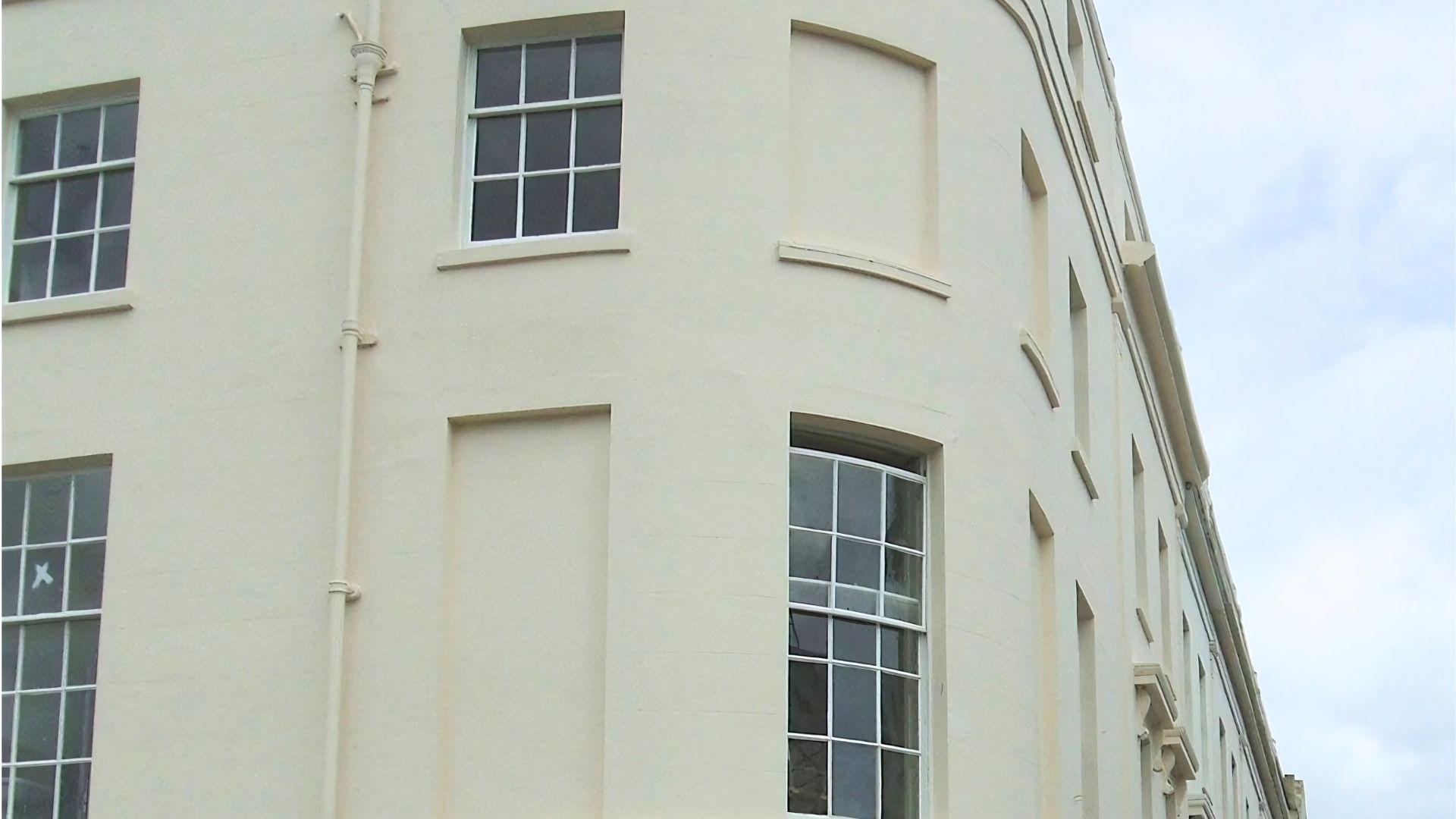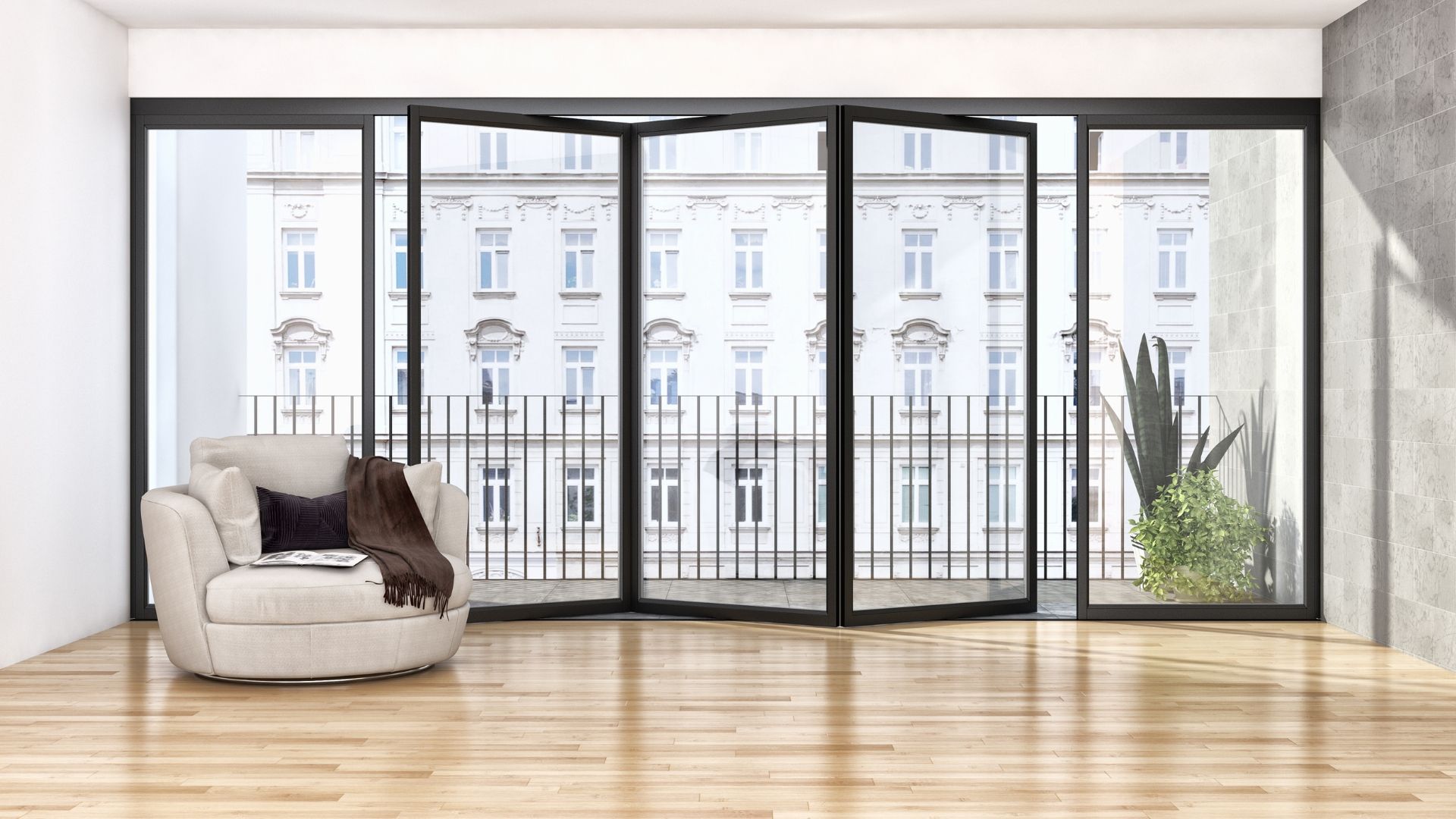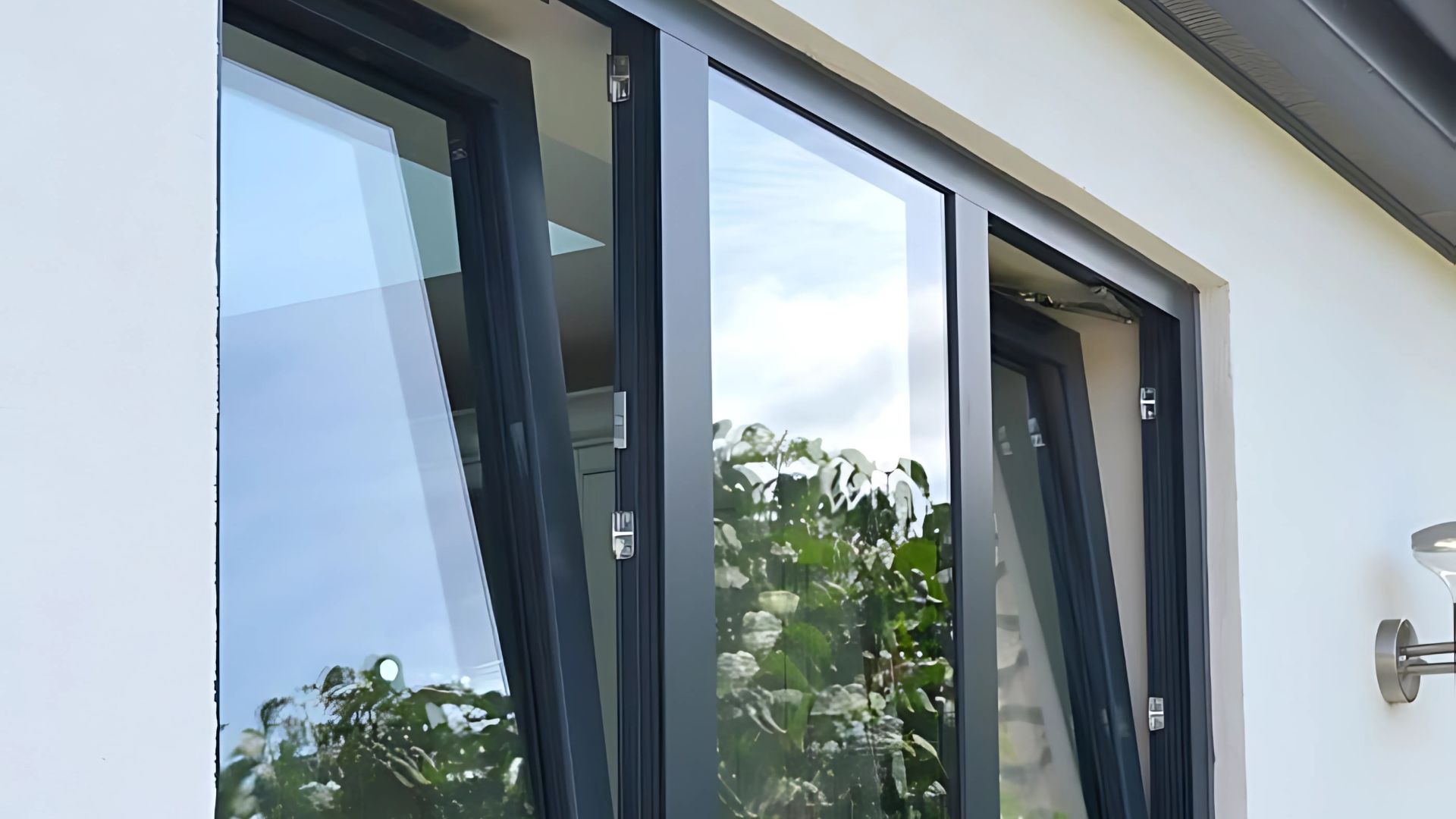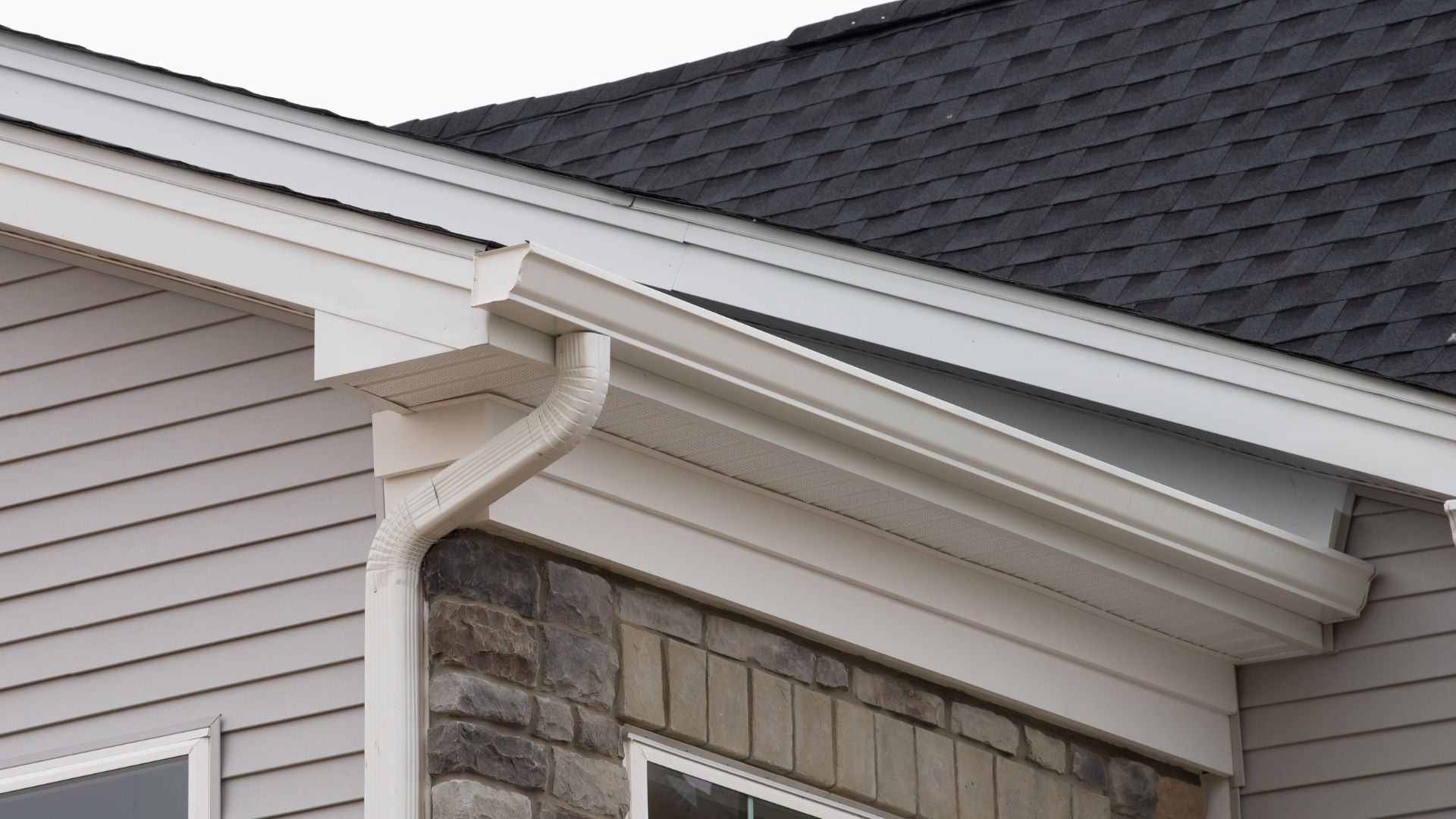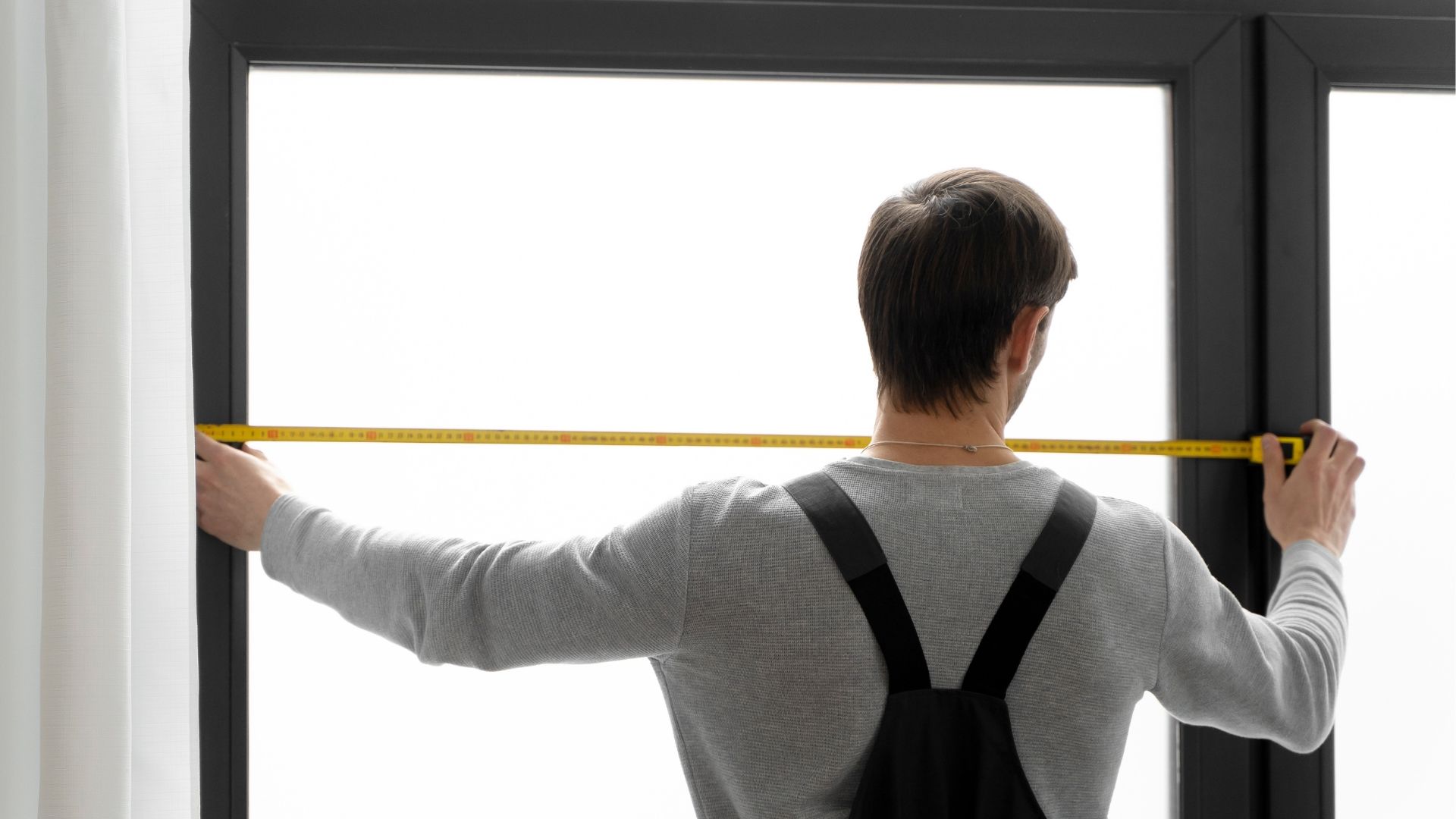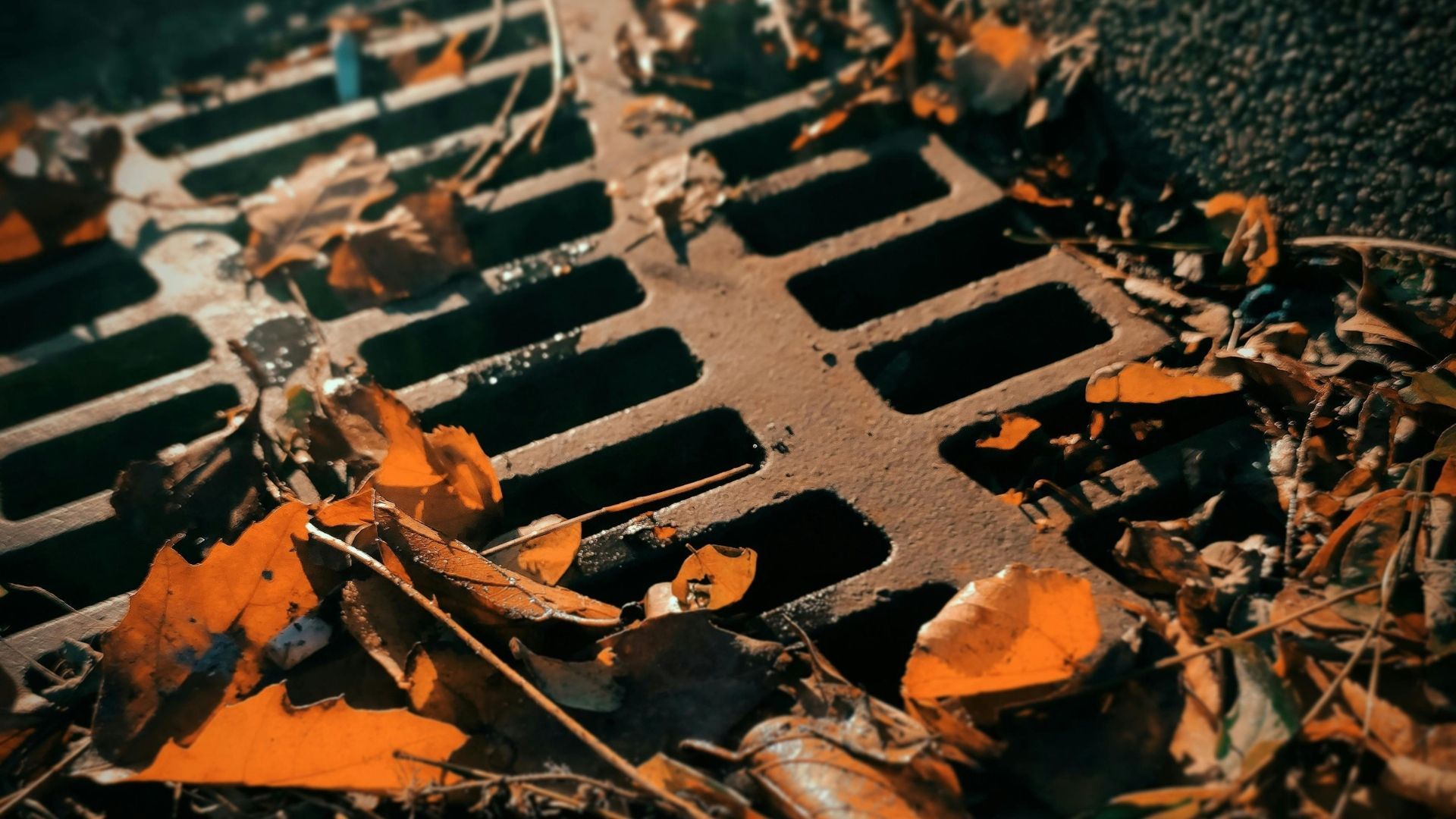DIY guide: replacing rotted wood around a window
Want to fix rotten wood on a window frame? Learn how to do a good job in 7 easy-to-follow steps.
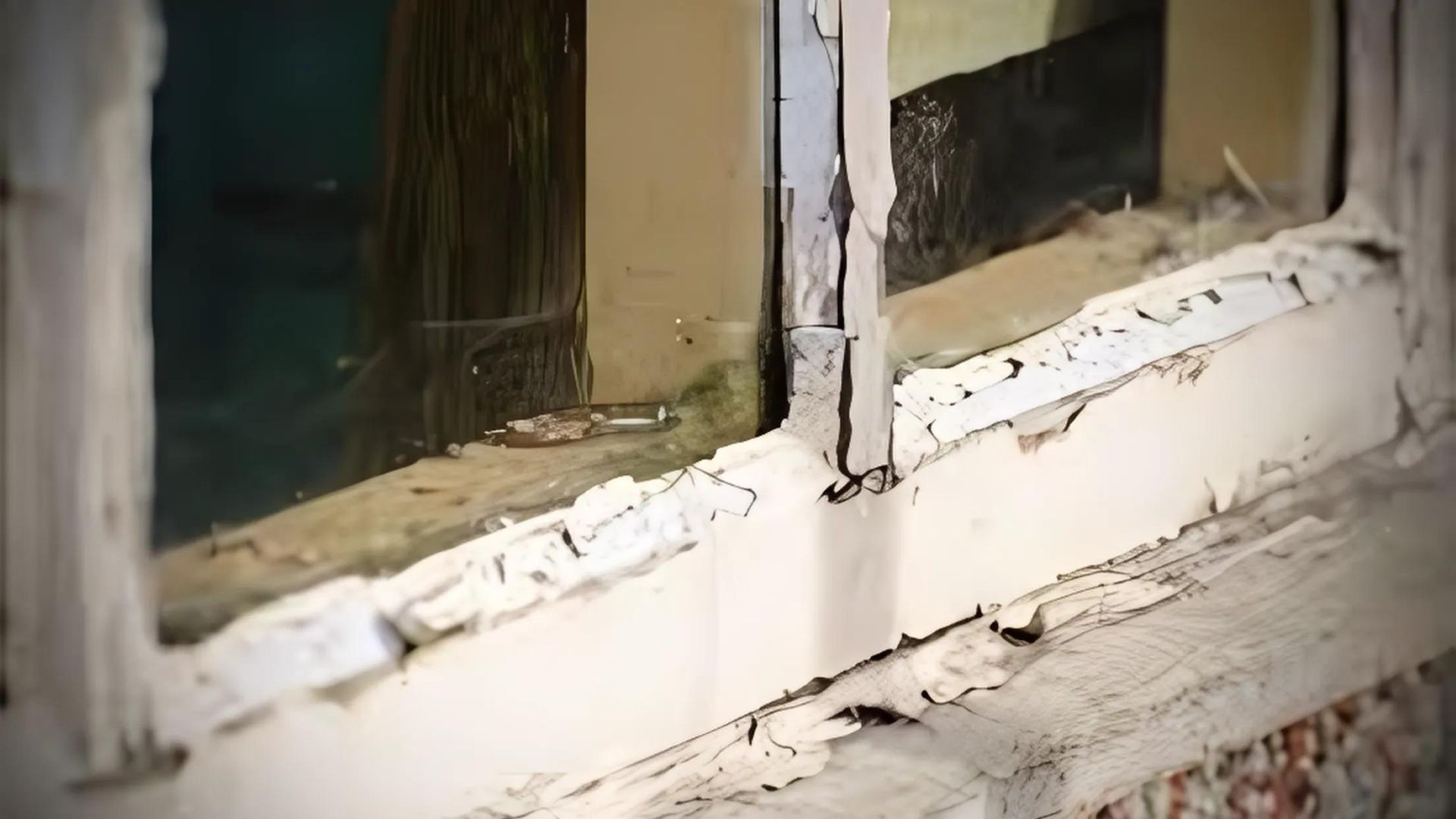
Do you have a wooden window frame that's started to rot? You might be wondering whether to repair the frames or replace them altogether.
Deciding whether to repair or replace rests on the answer to a single question: will a repair job involve removing an entire piece of wood? If so, it's almost certainly time to replace the frame.
But if you're just looking at isolated spots of rot, you can absolutely repair the frame. As with all maintenance and installation jobs, you can get a professional in – but if you want to save money or simply enjoy the challenge, you can always do it yourself.
In this article, we walk you through an easy seven-step process that can make a rotted patch on a window frame look as good as new. We then look at when it's time to replace your rotted window frame and weigh up wooden frames against their modern uPVC equivalents.
What you need
- Scraper
- Drill
- Two-pack filler
- Wood hardener
- Filling knife
- Sandpaper
- Paint
- Paintbrush
Step one: preparing the wood
Take your scraper and dig out as much of the decayed, rotten wood as possible. If you can help it, leave the bottom bit of the frame intact. This is so you have a surface for the filler to sit up against.
Step two: drilling holes
Drill a hole or two in the gap you've created. This is so the hardener can penetrate the wood a little bit better.
Step three: apply wood hardener
Coat the surface with wood hardener. You'll want to do two coats to make it as hard as possible. Drying times vary but you'll probably be applying the first coat in the morning and the second coat at the end of the day.
Step four: bedtime
You need to let that second coat of hardener try overnight. Sweet dreams!
Step five: apply two-pack filler
Rise and shine! The previously rotted area should now be hard. You now need to apply two-pack filler. You'll probably need to fill the gap twice to make sure it's packed tight. Before you do the second fill, sand it down for a smooth texture.
Step six: more sanding
Once you've done your double application of two-pack filler, sand down the repaired area again. This is both to make it smooth and to shape it. You want the repaired area to blend seamlessly with the rest of the frame.
Step seven: paint the frame
Pick a colour of paint that matches the existing frame. Apply strips of painter's tape along the glass to avoid staining and then paint the frames.
Will it last forever?
No. If you repair a rotted window frame in this way, you're disguising the gap rather than fixing it for good.
This isn't necessarily a problem. Just be aware that you'll need to keep an eye on this area of the frame as it may rot again.
You should also be aware that wood rot weakens the structural stability of the frames, which can lead to security issues. Because of this, it can be advisable to replace the windows to ensure they're burglar-proof.
What causes wood rot?
There are two types of wood rot: wet and dry. Wet rot is caused by a type of fungus that grows in damp conditions and breaks wood down. Dry rot, by contrast, occurs in moist, poorly ventilated areas. The fungus sucks moisture from the wood, leaving it weaker than before.
Telltale signs of wood rot include:
- A smell of mushrooms or fungi on the wood
- Discolouration
- A hollow sound when you hit the wood with a hammer
- The wood being soft to the touch
If you're reading this article, chances are you're looking for a cure rather than preventative measures. But if you do want to prevent wood rot from happening at all, make sure your home is unaffected by leaks or damp. You should also regularly wipe down wood to avoid a build-up of moisture.
When should I replace a rotted wooden window?
The above method can be used on small areas of rotted wood. If this can't be done without removing entire pieces of wood, it's time to replace your frames.
If you do replace your wooden window frames, consider uPVC as a material. For our money, this tends to be the best choice in most circumstances.
What are the advantages of uPVC window frames?
uPVC window frames are preferable to wooden frames in several respects. First, they're highly durable, able to keep their shape and strength for 20 years or more. Compared to wood, it's super-hardwearing and not vulnerable to rot.
uPVC is waterproof, meaning your window frames won't contribute to damp, leaks or condensation. It won't warp in the heat, so it shouldn't become difficult to open and shut.
It's a doddle to maintain: simply wipe it down with an all-surface cleaner and a microfibre cloth to keep it clean. It won't rot or rust, and because it comes in a range of colours, there's no paint to flake or chip.
It's much more energy efficient than wood. It stops damp and cold from coming in and heat from leaking out. This has two positive effects. First, it can lower your energy bills as you won't have to use the central heating so much. Secondly, it reduces your carbon footprint.
On top of all this, uPVC provides superior soundproofing to wood – a godsend if you're troubled by loud traffic or noisy neighbours.
Finally, uPVC is extremely resilient and hard to break into. Windows with uPVC frames tend to be anti-crowbar, meaning they can't be jimmied open.
So, if your wooden windows are getting too rotten to repair, consider getting some uPVC frames installed. You won't look back!
Are you looking for
window fitting services in West Yorkshire?
Get in touch with Calder Windows today for a quick, competitive quote.
Get a FREE quote
Are you on the lookout for uPVC window fitters in Wakefield or West Yorkshire? With over 30 years' experience and an extensive range of uPVC windows, we can help. Request a quote today or apply for finance and spread the cost.

